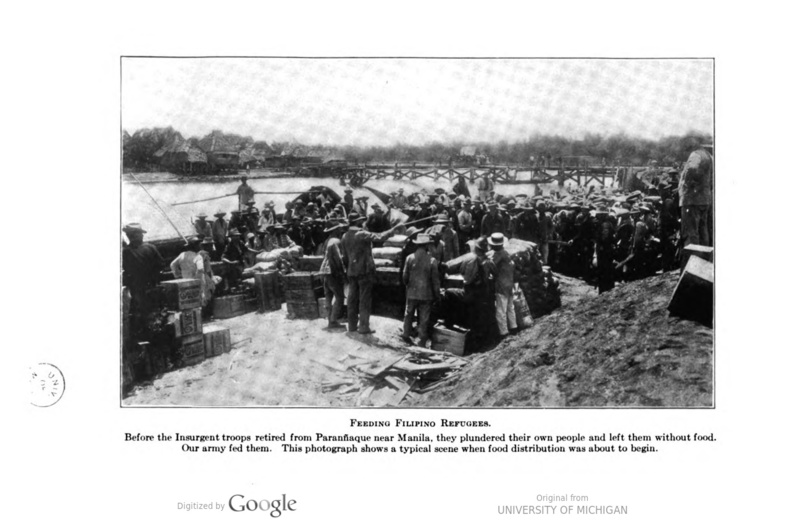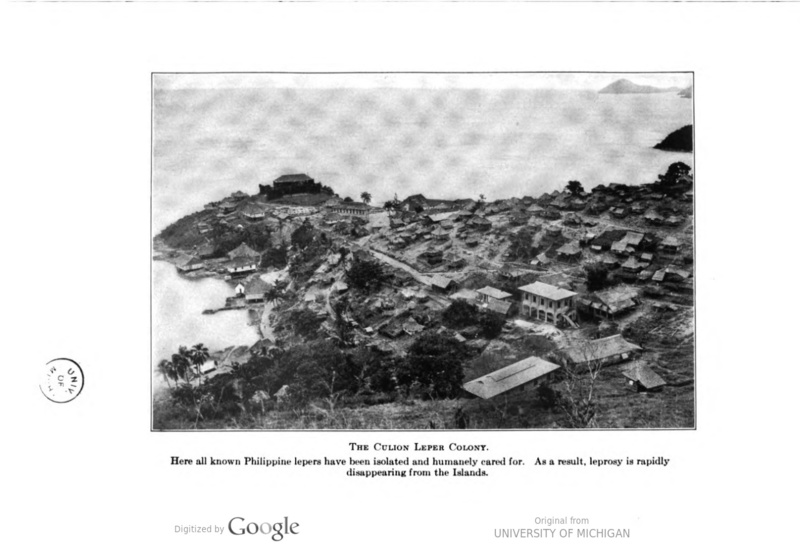The Photographs of Dean C. Worcester
By the end of his time in the Philippines, Dean Worcester had taken and archived more than fifteen thousand photographs of the Philippines and the Filipino people.[1] Selected photos supplemented his articles, government reports, lectures, and his book, The Philippines: Past and Present (2014). These works solidified Worcester as the premiere American expert on life in the Philippines in the early 1900s, and also bolstered his argument for US imperialism. Through photography, Worcester crafted the image of the Filipino as a primitive and provided “evidence” for his imperial mission. He wanted to show that Filipinos were non-Christian, tribal, and in need of US governance.[2] At the time, it would have been easy for the American public to trust Worcester and his works considering how little was generally known about the Philippines.
An Exercise in Reading Images
Worcester would often caption his photos in order to shape the viewer’s interpretation of the image. Take a look at a photo from his book, The Philippines: Past and Present, entitled “Feeding Filipino Refugees.” Consider the caption that Worcester provides for this photo.
1. What do you see in the photo?
2. What does Worcester’s caption add that is not explicitly shown?
3. What does this photo reveal about Worcester’s vision for the Philippines?
Now take a look at another photo from the book, entitled "Insurgent Prisoners."
1. What do you notice about this photo that compares to the last one?
2. How do the people in the photo appear?
3. What does this photo show and what does it conceal?
4. How do you think Worcester's caption influenced how the image was read in the early twentieth century?
Finally, the third image is a bit different. Unlike the first two photos, this one does not feature people.
1. What do you see in this image?
2. Why do you think it does not feature a person?
3. What argument was Worcester making through this photo?
4. What does Worcester's caption tell us about the photo's context?
Key Takeaways
Reading Worcester’s book, The Philippines: Past and Present, provides important context into the ideology of Worcester, but we cannot take his work at face value. The images that he captured, as well as the narrative that he imposed on them through captions and creativity, reveal a subjective vision of the Philippines. While contextualized within the history of US imperialism, these photographs show that technology functioned as a form of power. Worcester's photography collection points to who had the authority to “see” and who became the object of another’s vision. Worcester, in other words, used images to maintain the narrative of colonizer and colonized.
After his death in 1924, a large portion of Dean Worcester’s collection of photos was donated by his family to the University of Michigan. Today, they are housed in the University of Michigan Museum of Anthropological Archaeology in Ann Arbor.[4] One final thought: What do you think we can continue to learn from this collection?
Citations
[1] Mark Rice, Dean Worcester’s Fantasy Islands: Photography, Film and the Colonial Philippines (The University of Michigan, 2014), 2-3.
[2] Dean C. Worcester, The Philippines: Past and Present (The MacMillan Company, 1914, Digitized by the Internet Archive, 2008).
[3] Paul A. Kramer, The Blood of Government: Race, Empire, the United States, and the Philippines (Chapel Hill: University of North Carolina Press, 2006), 211.
[4] Mark Rice, Dean Worcester’s Fantasy Islands, 2-3.



